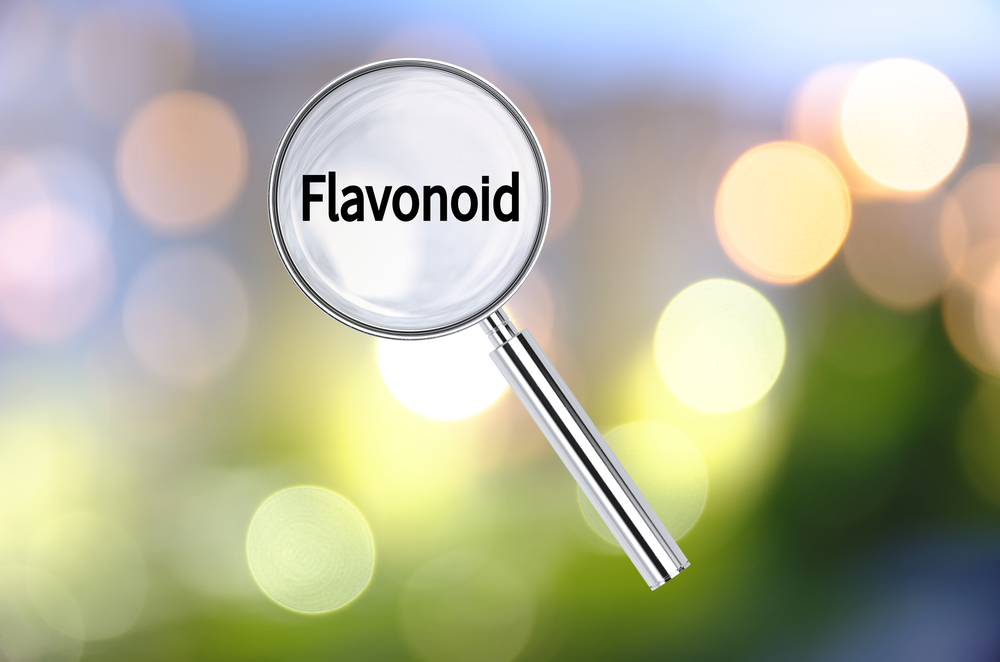Table of Contents
When it comes to cannabis, there is more to consider than just genetics. Beyond genetics lies an intriguing world of marijuana phenotypes, their characteristics, and how they can affect the user’s experience.
This post will explore what a marijuana phenotype is, its various types, how to tell them apart, and the effects they have on users. We will also look into how understanding these traits can help identify preferred strains of weed and provide potential medicinal benefits.
What is a Marijuana Phenotype?
A phenotype in marijuana refers to the physical characteristics of the cannabis plant, and it includes a cannabis plant’s size, smell, shape, color, and other visual characteristics. In simpler terms, it’s how the plant looks.
Different strains of marijuana originate from the same “parent plant” but can have significant variations in their physical characteristics due to environmental differences, subtle genetic mutations, and other factors during the plant’s growth cycle.

What are the components of Marijuana?
Cannabis or Marijuana contains various components that provide medicinal and recreational properties. The primary components of cannabis include:
Cannabinoids
These are the compounds responsible for providing the therapeutic and psychoactive effects of marijuana. The two primary cannabinoids are tetrahydrocannabinol (THC) and cannabidiol (CBD).
THC is the primary psychoactive compound in marijuana that provides the “high,” while CBD is non-psychoactive and provides medicinal benefits such as pain relief and anxiety management.
Terpenes
Terpenes are fragrant oils produced by the cannabis plant, that gives it its distinctive scent and provide additional medicinal properties such as anti-inflammatory and anti-anxiety benefits.
Flavonoids
Flavonoids are antioxidants that provide color to the cannabis plant. They protect the plant from UV rays and offer therapeutic benefits such as reducing inflammation.
Other compounds
These include minor cannabinoids such as cannabinol (CBN), cannabichromene (CBC), and cannabigerol (CBG), which have various medicinal properties.
- Cannabinol (CBN): CBN is a mildly psychoactive compound that can promote relaxation and sleep. It also has antibacterial properties and may help with inflammation and pain relief.
- Cannabigerol (CBG): CBG is a non-psychoactive compound that has several potential benefits such as reducing inflammation, pain relief, and possibly anti-cancer properties.
- Cannabichromene (CBC): One of the many compounds found in cannabis or marijuana plants is CBC. This compound offers non-psychoactive effects to its users and various health and pain-relieving effects.
- Tetrahydrocannabivarin (THCV): THCV offers the same structure as THC. It also has psychoactive effects but it offers various medicinal benefits in suppressing appetite, reducing anxiety levels, and improving cognitive functions.
- Delta-8-tetrahydrocannabinol (Delta-8-THC): Another compound that you may find in marijuana plants is Delta-8-THC. This compound offers many medicinal effects in the body, but compared with other compounds, it offers low psychoactive effects.

Types of Marijuana Phenotypes
Before finding the right marijuana phenotype, it’s essential to understand the different types of marijuana phenotypes. There are three types of marijuana phenotypes: Sativa, Indica, and Hybrid.
Understanding the different types of marijuana phenotypes and their effects is crucial in finding the right marijuana strain for you.
Sativa
Sativa strains originate from equatorial regions and are generally tall and skinny plants with narrow leaves, and they require ample light to grow well. Sativa strains tend to provide consumers with an “uplifting” and “energetic” high, making them perfect for daytime use. Some common Sativa strains include:
- Sour Diesel
- Green Crack
- Jack Herer
Indica
Indica strains have their origin in central Asia and the Indian subcontinent. They are shorter and often bushier plants with broad leaves, and they thrive in cooler temperatures. If you are wondering the differences between Sativa and Indica strains, you may want to go deeper into the details of their features, characteristics, and attributes.
Indica strains provide consumers with a calming and relaxing body high, perfect for nighttime use. Here are some common Indica strains:
- Northern Lights
- Grand Daddy Purple
- Platinum Kush
Hybrid
Hybrid strains are a crossbreed between Sativa and Indica strains, aiming to take the best traits of both lineages. Hybrid strains result from cross-pollination by human breeders, who intended to create more customized weed strains. Hybrid strains can be further classified into Sativa-dominant or Indica-dominant depending on which side of the genetic spectrum is dominant. Here are some hybrid strains:

The Science Behind Different Cannabis Phenotypes
The differences between marijuana phenotypes all trace back to the plant’s genetics. The genetics of a specific plant can determine its shape, its size, the number of THC molecules it has, as well as many other properties. Two primary cannabinoids – THC and CBD – that produce the psychoactive effects of cannabis are responsible for the chemical makeup of different cannabis strains.
Short-Term Effects of Cannabis
Here are some of the short-term benefits of cannabis:
Pain relief
One of the best effects of using cannabis is its instant pain relief. Cannabis contains anti-inflammatory properties and cannabinoids like THC and CBD that when working together, help relieve pain.
Relaxation
Various studies also support the claims of cannabis, in soothing the mind and lowering stress and anxiety levels. Depending on the type of cannabis strain, its attributes, and levels of CBD or THC content, it induces the feeling of relaxation and improves mood swings caused by depression, anxiety, and stress.
Corrects sleeping habit
With cannabinoids like CBD and THC, cannabis is also scientifically proven to help correct bad sleeping patterns and dangerous sleeping disorders. THC is a cannabinoid that has sedative effects that induce the user to fall asleep faster. It has also been found that THC reduces the amount of time spent in REM sleep, which is the stage of sleep, where dreaming occurs, and increases the time spent in deep sleep, where the body repairs itself.
Reduced nausea and vomiting
Medical cannabis has been approved in several countries to manage nausea and vomiting caused by chemotherapy, radiation therapy, and other medical treatments. Compounds like CBD, THC, and other cannabinoids interact with the body’s endocannabinoid and nervous system to better handle the feeling of nausea and vomiting. That is why, with the right dosage and proper usage accompanied by strict guidelines from health professionals, cannabis can help cure your vomiting issues.

Long-Term Effects of Cannabis
The long-term effects of cannabis use are varied and can range from positive to negative depending on the individual. While some studies have suggested that regular cannabis consumption can bring health benefits, there is also evidence to suggest that overuse or misuse could lead to physical and mental dependency, as well as potential respiratory problems. It is important for individuals, to consider all possible repercussions before consuming cannabis for both short and long-term use.
Brain Development
Cannabis consumption can have long-term effects on the brain, especially in adolescents or young adults. Studies have shown that regular cannabis use during this period may cause slower brain development and poor cognitive functioning.
Dependence
Prolonged or heavy cannabis use has been associated with physical dependence. This means users can experience withdrawal symptoms when not consuming cannabis and need to consume more to experience the same effects.
Respiratory Problems
Smoking cannabis regularly can cause damage to the lungs and airways due to the presence of carcinogens such as tar and smoke. Over time, this can lead to respiratory problems such as chronic coughing, shortness of breath, and wheezing. Additionally, it increases your risk of developing lung illnesses such as COPD and lung cancer.

Choosing the Right Marijuana Phenotype
Finding the right marijuana phenotype can be overwhelming, especially for new users. However, there are several ways to help you determine which strain is suitable for you:
Know your purpose
It’s important to identify the reason why you want to use marijuana. Is it for leisure or for managing a medical condition? If it’s the latter, it’s recommended that you seek advice from a healthcare professional before using weed.
Check the strain’s type
Checking the strain type is essential when choosing the right marijuana phenotype because different types of cannabis have different chemical compositions that produce different effects on the body and mind. If you are a beginner, choosing a strain type with lower levels of psychoactive effects and sticking to your dosage is the best.
Check the THC and CBD content
THC is the main psychoactive compound that provides a euphoric high, while CBD is a non-psychoactive compound that can ease anxiety and provide pain relief. Strains that are high in CBD are typically preferred for medicinal use.
Read reviews
Check out different strains, and read reviews of others that have used the strain. These reviews give you an idea of what to expect when using the specific strain.
Experiment with different strains
Once you’ve selected a strain, start with small doses and work your way up to find the dose that works best for you. It’s essential to start low and go slow, especially if you’re new to marijuana.

Conclusion
Understanding the different cannabis phenotypes is essential for making an informed decision when it comes to selecting the right strain for one’s individual needs. Whether it is for medical or recreational use, individuals should consider the cannabinoid profile of a specific strain and the expected effects. By doing so, consumers can make better-informed choices and have a better experience with marijuana.















